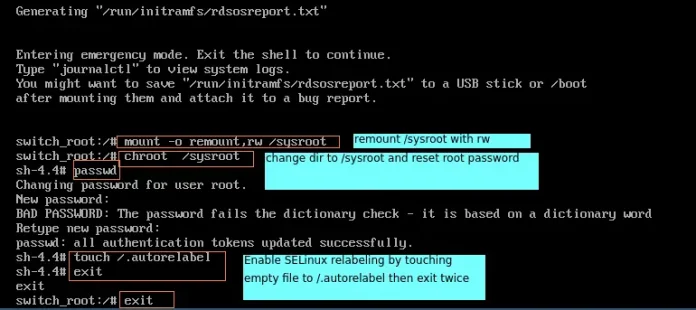TensorFlow is open-source python library designed by Google to develop Machine Learning models and deep learning neural networks. TensorFlow raw_ops provides low level access to all TensorFlow operations. Log1p() is used to find element wise logarithm of (1+x) for input x.
Syntax: tf.math.log1p(x, name)
Parameters:
- x: It’s the input tensor. Allowed dtype for this tensor are bfloat16, half, float32, float64, complex64, complex128.
- name(optional): It defines the name for the operation.
Returns: It returns a tensor of same dtype as x.
Example 1:
Python3
# Importing the libraryimport tensorflow as tf # Initializing the input tensora = tf.constant([1, 2, 3, 4, 5], dtype = tf.float64) # Printing the input tensorprint('Input: ', a) # Calculating logarithm(1 + x)res = tf.math.log1p(x = a) # Printing the resultprint('Result: ', res) |
Output:
Input: tf.Tensor([1. 2. 3. 4. 5.], shape=(5, ), dtype=float64) Result: tf.Tensor([0.69314718 1.09861229 1.38629436 1.60943791 1.79175947], shape=(5, ), dtype=float64)
Example 2: Visualization
Python3
# importing the libraryimport tensorflow as tfimport matplotlib.pyplot as plt # Initializing the input tensora = tf.constant([1, 2, 3, 4, 5], dtype = tf.float64) # Calculating logarithm(1 + x)res = tf.math.log1p(x = a) # Plotting the graphplt.plot(a, res, color ='green')plt.title('tensorflow.math.log1p')plt.xlabel('Input')plt.ylabel('Result')plt.show() |
Output:





